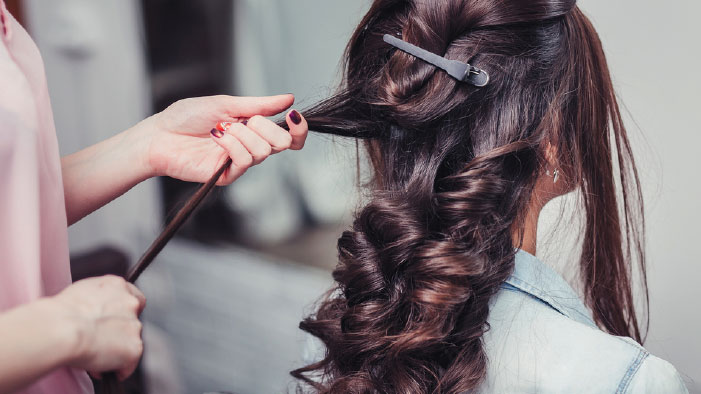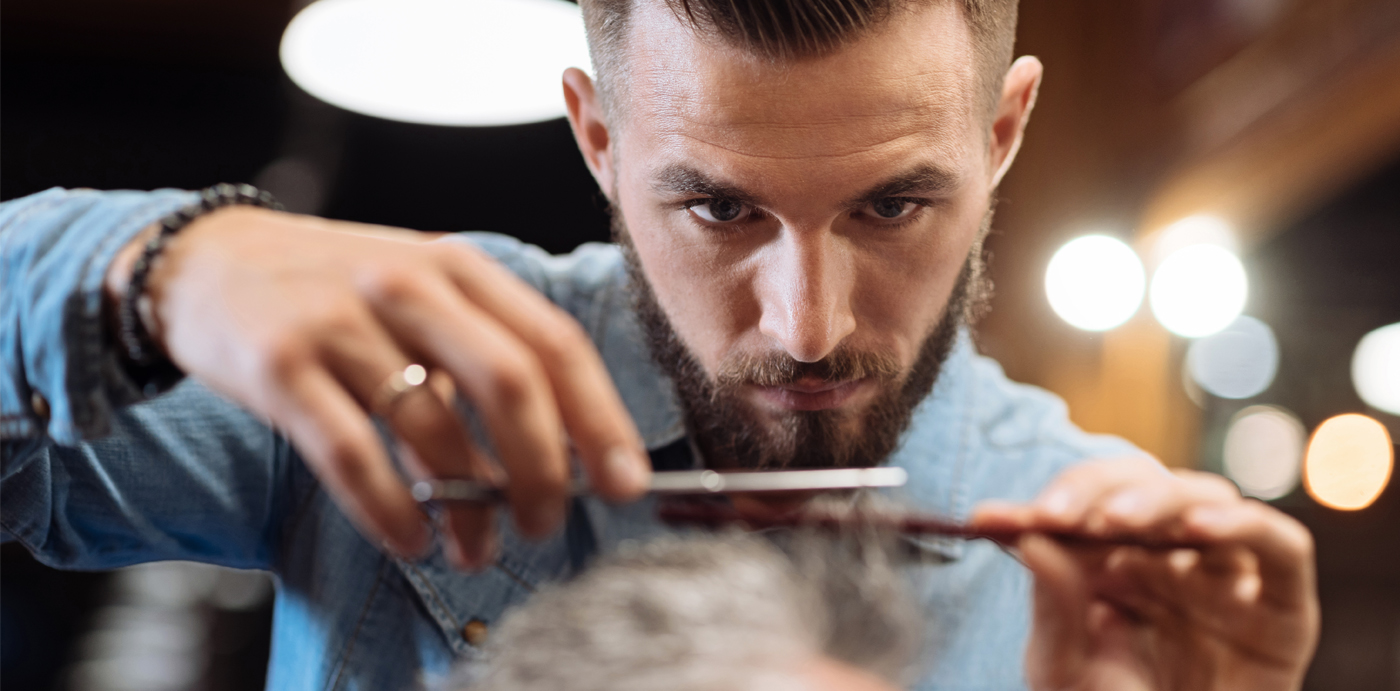-Written by Centre Training Manager Laura Holdstock
Mood Boards
A number of VTCT qualifications, VRQs, TLQs and Tech Certs require a mood board as evidence, particularly in creating an image for units and the synoptic assessments. It is an important part of the whole process.
So what is a mood board?
A mood board or an inspiration board is a way to express an idea – it is most commonly used by professionals within the fashion industry, and by those who do interior or graphic design. It should give a clear outline of the process that the learner has gone through to create their final look.
A mood board is used to help set the scene and acts as a visual prompt for the learner when reproducing their creation. It is also a good way to communicate their chosen methods to create the idea, including what influenced their choices, where their concept came from and how the final look should be.
It should be made up of lots of pictures, colours, research and is used as a point of reference during the creation of their total look to help with continuity and consistency.
There are no hard and fast rules as to how it should look – some people use a board, others may use a dress maker’s dummy or a film clapper board; it all depends on the theme, but their mood board needs to match their final image.
Many learners also use a guide book to help them, this may include a list of tools, equipment and resources that they need to complete their look and a timed step by step routine to ensure that they can complete their look in the required time.
It may be beneficial for centres to make up an example mood board, identifying what you would expect to see on it.
Researching the theme
The learner needs time to develop their idea and needs to use this time researching, using a number of different sources. The internet is an amazing resource but is not always reliable, things can be dated or labelled incorrectly which may mean that the effect chosen is not correct, particularly if the theme is a particular era.
Taking learners to the library or the learning resource centre to use books can be very helpful, as a trainer you could even bring in those make-up books that you had when you were their age.
Trade magazines and fashion magazines can also be a fabulous source of inspiration and encouragement for them to use their own creativity, many learners can be unstoppable once they have an idea inspired by the theme.
It is also important to ensure that you as the trainer/assessor have read through the brief or learning outcomes and can clearly guide them as to what is required.
However once they have their idea, it is completely up to them as to how they present their research, you should not have any input at that point.
Preparation is key
When talking to professional make-up artists they cannot emphasise enough how important it is to plan for any job.
At the NTE (National Training Event) in Birmingham in May 2017 I observed a make-up artist presenting in the Pierre Rene Showcase. He stated the importance of planning and preparing for an event, in this case it was about a catwalk show at London Fashion Week.
He needed to work with the fashion designer to create a look, his idea and final look was presented to the designer to ensure that it is what he required for his final image.
Preparation for an event can be the difference between getting a job or not. So it is important to ensure that your learners feel confident researching and presenting their ideas.
An article written by Paul Wyatt ‘24 pro tips for creating inspirational mood boards’ raises some very helpful points. I have picked out the ones that I feel are most useful for the hair and beauty industry.
- Look beyond the digital world, don’t just stick to google images
- Take pictures when you are out, these help to capture thoughts, emotions and ideas
- The basic concept, ensure that everything on the mood board means something or is linked to the previous thread
- Chose the right format, presentation is key and needs to have a clear outcome
- Build things up around a large image, people are attracted to a larger image, they will then look at the smaller images to help with their understanding of the concept
- Get tactile, people use all their senses when studying a mood board, it helps them to understand the concept
- Show your mood board early, combining mood images to the presentation can be extremely helpful
- Save the surprise, allow the viewer to take in and absorb the idea
- Get involved in the pitch, it is always good to be there to present the idea
- Watch the faces of audience; remember 55% of communication comes from body language
- Hone your mood board skills, practice, practice, practice
- ‘Text it up’, never underestimate the power of text
- Make the theme obvious, be clear and use imagery to sell the idea
- Don’t make presumptions, people may not get it, if not completely clear add some additional notes, images or textures
- Test the mood board, see what questions are asked, if the image has no significance then it shouldn’t be there
- Have fun, if it’s not fun then think about reviewing the idea



